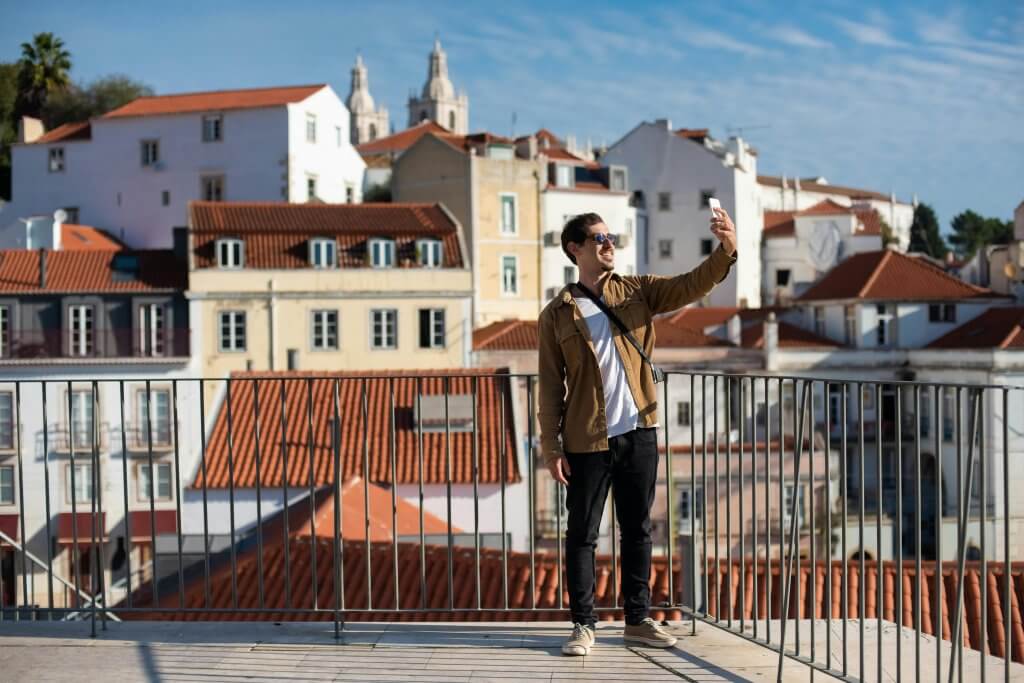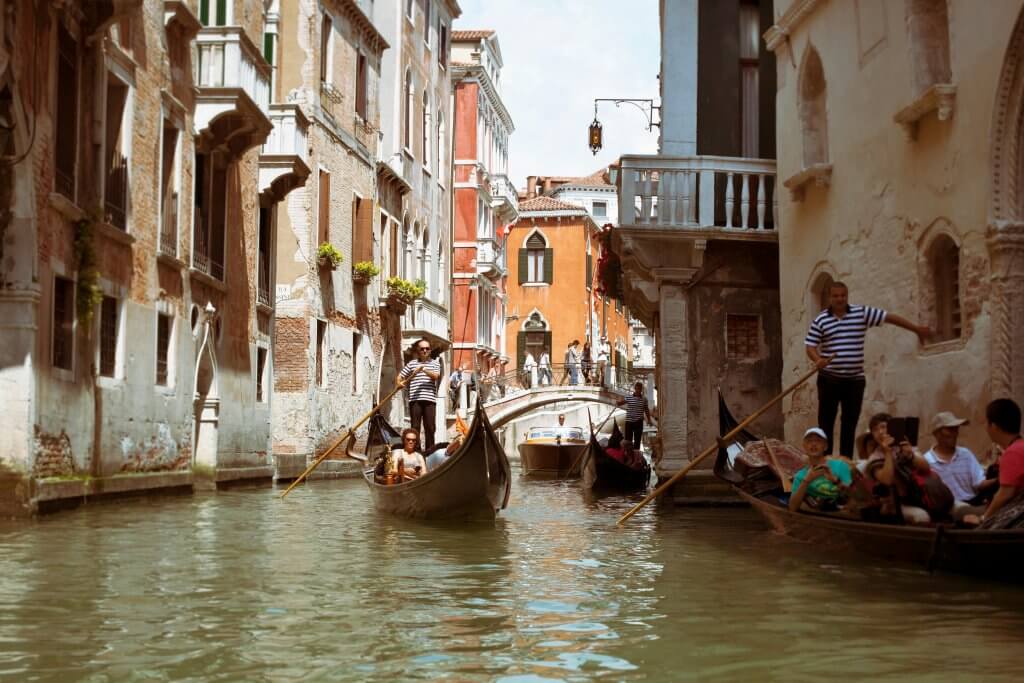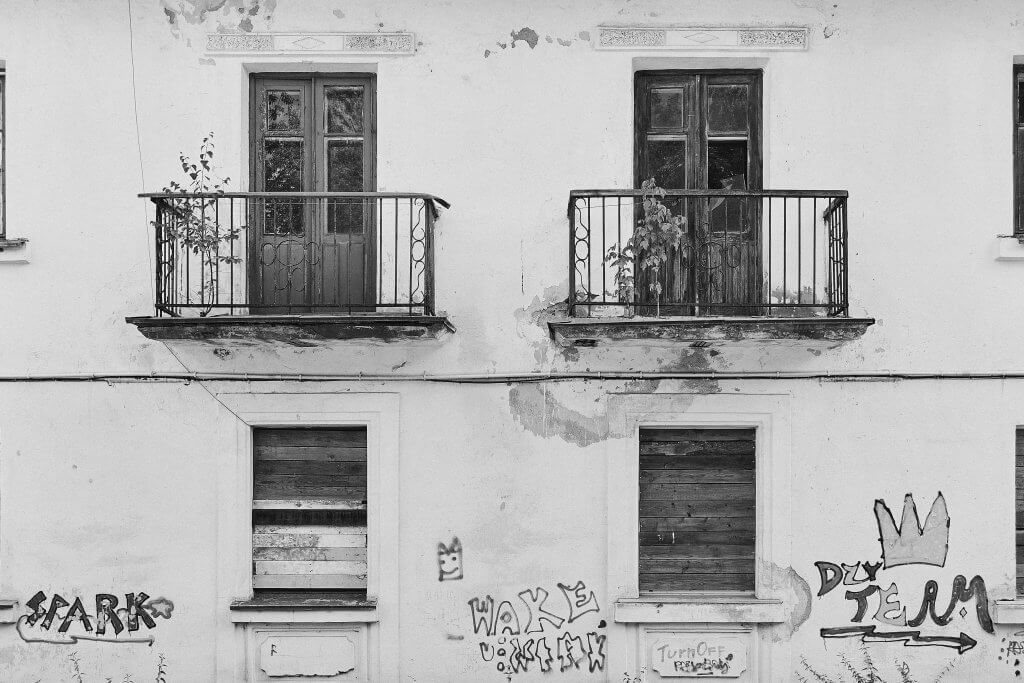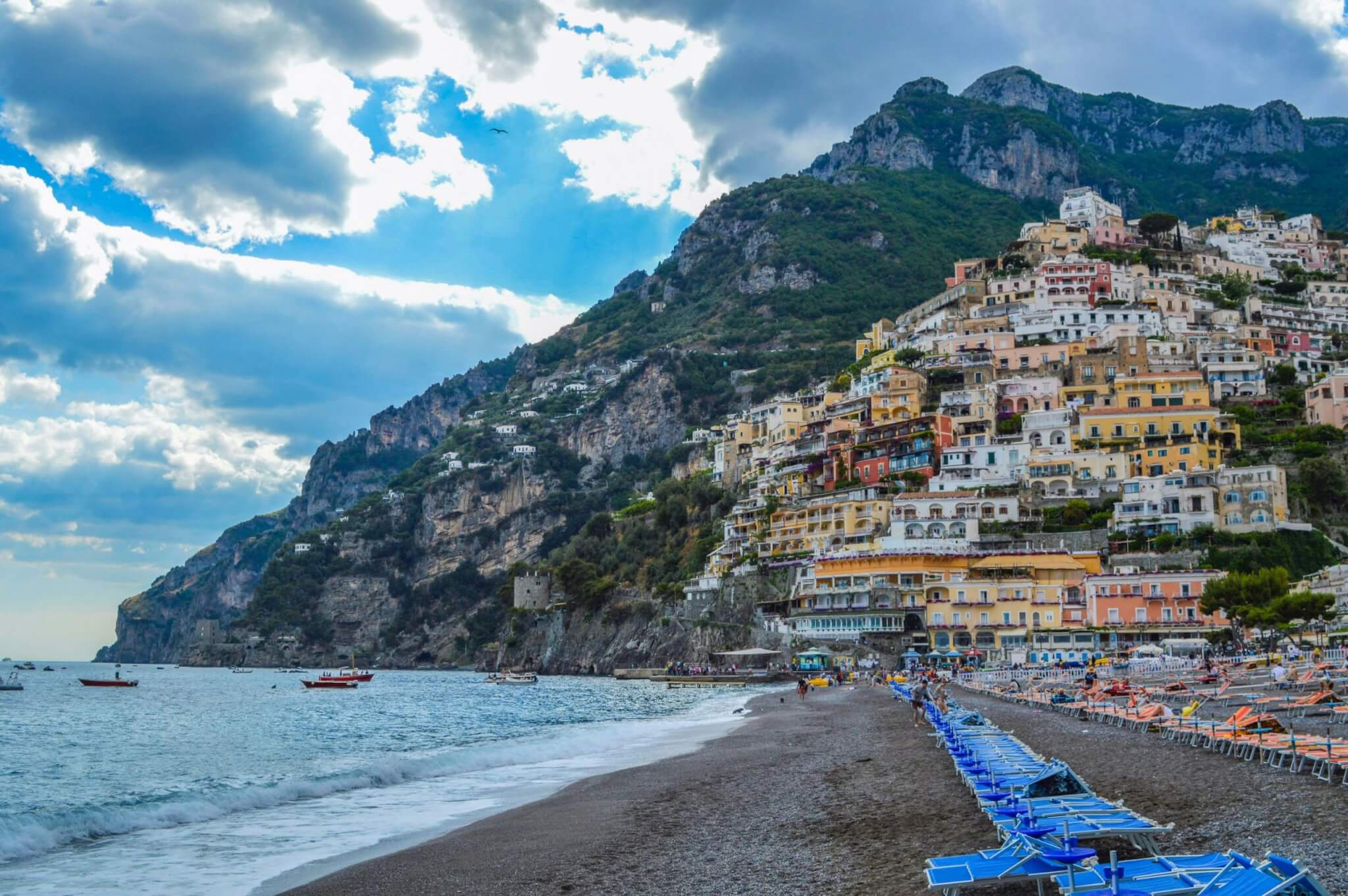“Hotel or apartment?” It’s one of the most common questions that, at this time of year, millions of people ask themselves once they’ve decided to go on a trip. The battle between these two types of vacation, which has emerged in recent years, no longer revolves solely around whether breakfast is included in the room price or whether there’s a guarded parking lot within 500 meters of the accommodation.
It goes much deeper and intertwines with the daily routine of thousands of people who jostle through the crowds that pack the narrow streets of their native towns, defend their territories from the environmental neglect left behind by waves of bad-mannered tourists, or who have gradually been forced to leave historic buildings and sites of interest because of sky-high prices. In some cases, the cost is even higher, like the one paid by Gaia, a 24-year-old woman hit by an SUV on the 8th of July in broad daylight in Porto Cervo (Sardinia), while on her way to work as a babysitter.
It’s a deep-rooted and widespread struggle, to the point that on the 15th of June, coordinated protests took place all across Europe (organized by the Southern Europe Network Against Touristification) against the phenomenon of overtourism.
In Barcelona, Venice, Palma de Mallorca, Genoa, and Lisbon, residents took to the streets to demand a less predatory and monopolizing tourist presence in their living spaces. Even a dutiful and service-oriented country like Japan, to reduce the visitor overflow, is considering increasing the tourist tax in Kyoto tenfold, while the fee to climb Mount Fuji has already recently doubled.
These are only a few examples recently covered by international media; other cities like London have started having the same feeling about tourism. In early June, news broke that residents of the famous central are of Notting Hill, tired of the flow of photo-catchers buzzing around the picturesque streets of their neighborhood, had painted in black the facades of their Victorian homes to make their households less exposed to cameras.
The fil rouge linking these cities—despite differences in latitude, language, culture, and tradition—is the tourist flow that, over the past ten years, has unsustainably grown, contributing to the dissolution of communities, the real strength of these places.
And the response to the phenomenon, despite different latitudes, languages, cultures, and traditions, has also proven to be shared: citizens holding signs reading “Your holidays, my misery” and “Mass tourism kills the city” disrupted for a few hours some of the most Instagrammed corners in the world.

In Italy, no city embodies the impact of mass tourism more than Venice, a destination grappling with these pressures long before the advent of online booking platforms. It’s no coincidence that American billionaire entrepreneur Jeff Bezos chose to effectively “reserve” the city for three days to host his lavish wedding, offering a 3 million Euro donation to compensate for the disruption. Disruption that was poorly received, both by critics of the ceremony’s menu (puzzled by the choice of a neapolitan/southern-oriented offer while being in a city rooted in a rich culinary heritage), and by a several associations and autonomous resident groups who are no longer willing to let their city become a feeding trough for tourists while the islands quite literally sink —under the weight of cruise ships, tourist crowds, and an endless stream of selfies.

Over the past 15 years, the tourism industry—particularly within continental Europe—has undergone a silent revolution. Increasing territorial interconnectedness, easier mobility, and greater access to information have fueled the rise of DIY travel. These gradual but impactful changes have dramatically reshaped the way people experience tourism. Yet, it seems Italy’s cultural institutions have been caught off guard.
In September 2024, headlines reported that the most visited site in Italy in 2023, second only to the Colosseum, was not a museum or historic landmark, but the now-iconic mural of football legend Diego Maradona, nestled in the heart of Naples’ historic center.
This revelation strikes like news in a country that, according to UNESCO, holds the highest number of World Heritage Sites in the world—61 in total. Naturally, expectations run higher. When these figures are crossed with broader data, such as Italy’s ongoing struggle with low cultural engagement, the picture becomes less surprising, yet no less concerning.
But is the real issue limited to under-regulated B&Bs or an unplanned tourism marketing positioning strategy?

The popular narrative that small and mid-sized short-term rental operators, often renting out second homes, are the main culprits behind the erosion of historic city center communities tells only a part of the story.
As housing advocacy groups across Italy consistently argue, underused or abandoned public buildings could offer at least a partial solution to the housing crisis. These properties, if repurposed effectively, could help ease pressure on local communities without stifling the economic growth that short-term tourism brings, particularly in areas typically overlooked by institutions during the off-season.
The fight to reclaim public assets differs from city to city, and capturing the whole set of measures needed in different communities in a single blog post would be a difficult task. Still, we can look at the aggregate picture for Italy, and specifically how much of the nearly €200 billion allocated to the Country through the National Recovery and Resilience Plan (PNRR) has been earmarked for social housing.
When the COVID-19 crisis hit, the European Commission directed nearly 70% of the continent’s recovery funds to the Bel Paese not only to help the country bounce back from the pandemic’s economic blow, but also to lift long-neglected regions up to broader European standards (the topic was previously covered also on this blog).
The European Commission’s recovery program is set to conclude by the end of 2026, but when it comes to social housing, available data remains sparse.
The Openpolis Foundation, through its platform OpenPNRR (available only in Italian), tracks the progress of Italy’s recovery projects in this field. Two key figures highlight the pace of work in this space: of the entire pot of nearly €200 billion allocated to Italy by the EU, only €2 billion has been earmarked for affordable housing initiatives. And as of March 2025, slightly more than 18% of those funds had actually been spent nationwide.
From locals to last-minute tourists (including the rude ones) there’s a shared hope: that Italy’s art cities and sites of cultural and natural beauty can strike a balance: where residents aren’t priced out of their own hometowns, and where visitors from every corner of the globe embark in long neck-breaking journeys just to experience a country that, for over 2,000 years, has stood as a global beacon for culture and aesthetics.
But for now, it’s the holiday season, and the time to welcome new guests. We’ll revisit the issue in September.
(Cover image: Gotta Be Worth It)
Lavora con i numeri ma ama le parole. Le sue radici affondano nella Magna Grecia, ma dopo aver vissuto in 5 Nazioni su 2 continenti ha molti posti che può chiamare casa. Storyteller wannabe


